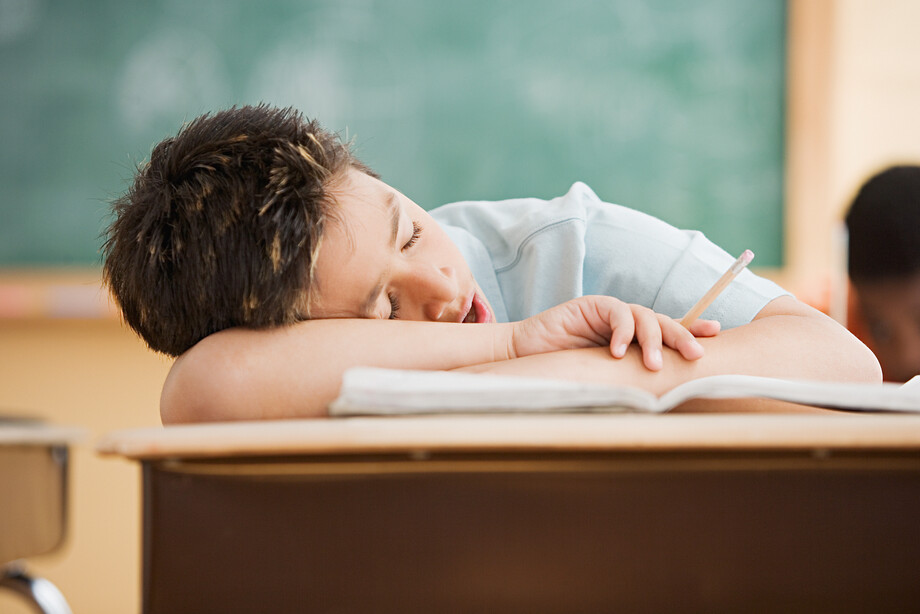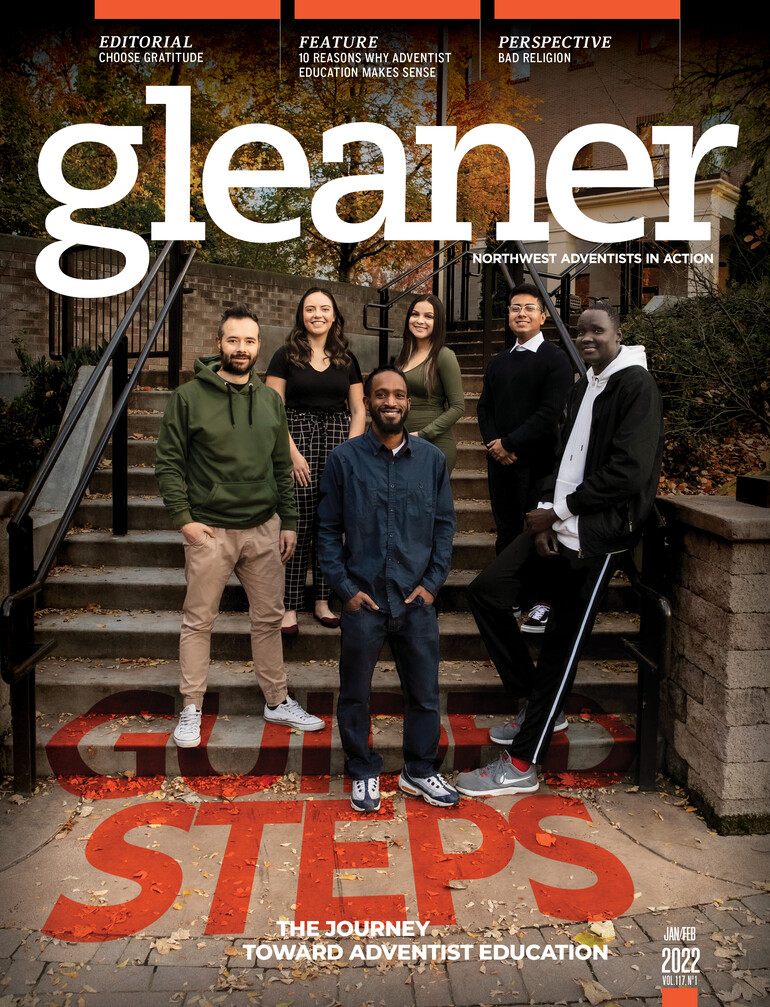
Imagine you're in a doctor’s exam room. You see an exhausted middle-aged woman walk in with a 7-year-old boy.
The boy is clearly hyperactive, spending the entire visit bouncing around the room while his mother tries to calm him down. She mentions to the doctor how he is inattentive in school and struggles to do his homework.
Now, fast-forward six months. One sleep study and one surgery later, the little boy can stand still, listen to his mother and draw quietly on a notepad during the doctor’s visit. The mother reports that her son is doing so much better in school; it’s like he is a different child. How could such a drastic change occur? The answer lies in sleep quality.
"I cannot count how many patients have walked in with a hyperactive child. I’ve seen three patients like that in the last two weeks," said Eric Haeger, a sleep doctor and Brewster Church member. "It’s incredibly common: roughly 10% of all children have sleep-disordered breathing. This is also part of a huge issue in schools and education. If you look at the children in the bottom 10% of school classes, about 50% of them have sleep-disordered breathing or sleep apnea." This link to education is incredibly important, but virtually unrecognized, as there are few pediatric sleep specialists.
Haeger says sleep-disordered breathing is caused by a size-to-space mismatch in the mouth and throat. A narrow palate or enlarged tongue, tonsils or adenoids can minimize the breathing space in one’s airway. If there is not enough space to breathe, the airway can collapse during sleep, causing an event known as apnea. A partially collapsed airway causes an event called a hypopnea. This decrease in breathing causes an increase in blood carbon dioxide levels, which is then measured by the brain. It results in an increased fight or flight neurochemical release, which arouses the brain to resume breathing.
Arousal from sleep interrupts critical sleep processes. Generally, the more these events occur, the higher the daytime dysfunction. In children, mild sleep apnea is classified when it occurs 1-5 times an hour. A moderate number is 5-15 times per hour, and anything above 15 indicates severe sleep apnea.
Sleep-disordered breathing can be as obvious as loud snoring, but it can also be subtle with quiet snoring. Haeger elaborated, “At night, parents should pay attention to symptoms such as snoring, excessive arm and leg movement during sleep, bed-wetting after the age of eight, insomnia, nightmares, sleepwalking and sleep talking."
Haegar says to pay attention to daytime symptoms, too. "During the school day, parents and teachers should be looking for symptoms such as irritability, tiredness, aggression, hyperactivity and, especially, learning and attentive challenges like attention deficit disorder [DEH1], attention deficit hyperactivity disorder and morning or chronic headaches.”
Many people believe that a child will eventually outgrow sleep issues on their own, without medical intervention. Unfortunately, sleep-disordered breathing is, more often than not, a lifelong medical problem. “I see adult patients daily that have had sleep apnea since they were children,” Haeger said.
Sleep apnea can be treated by surgical or non-surgical means. Regardless, the sooner the problem is found and fixed, the better — for both a child and an adult. Treating sleep disorders in children can significantly improve opportunity and optimal performance in the physical, mental, spiritual and educational parts of their lives. Just think what could be accomplished by significantly helping one child at the bottom of the class.









